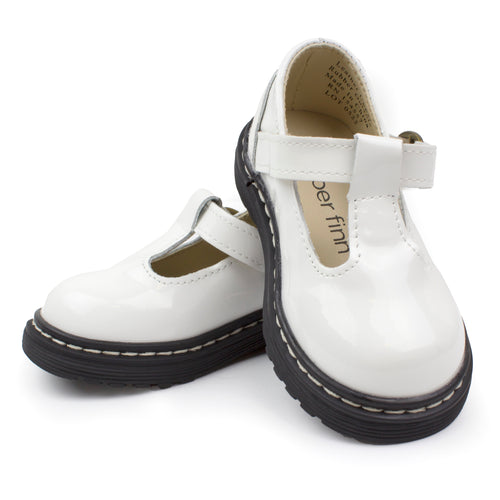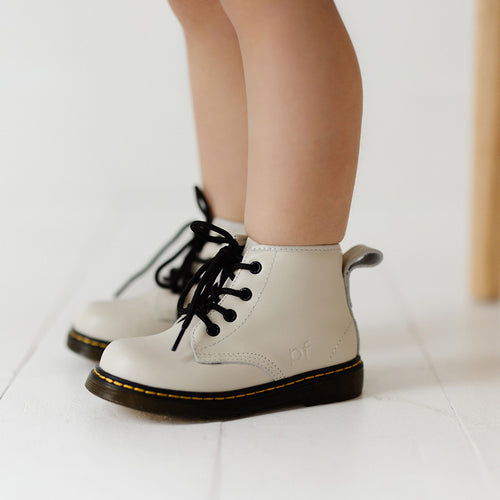While babies between 6 and 24 months of age are at a critical stage of their language development, this phase comes with its communication frustrations. Even though they are learning at a galloping pace, they are still too young to communicate their needs, emotions, and frustrations effectively, making it pretty tricky for parents and caregivers to decipher what they want.
Ask any parent who frequently plays the ‘guess what I want’ game with their baby, and they’ll tell you it’s a bit like playing ‘whack a mole’; every time you think you have the rules of the game figured out, you find you’ve missed the mark and are back at square one! The result is more tears (mostly yours!) and a lot of frustration. But as you tick off the list of possibilities, such as whether they’re hungry, thirsty, tired, or in need of a cuddle, don’t despair; we might have the answer you’ve been looking for. As the parent of a preverbal child, have you ever considered teaching your baby sign language?
Teaching your child sign language can help bridge the communication gap with your little one, reduce those frantic guessing games and boost your positive parenting strategies to new levels– but how do you do this? Thankfully this Piper Finn blog shares some simple steps and parent tips for teaching your baby sign language.
Parent Tips for Teaching Baby’s Sign Language
Step #1 Start with basic gestures:
Begin by teaching simple and basic gestures such as ‘eat,’ ‘drink,’ ‘sleep,’ and ‘more.’ These gestures are easy to learn and enable your baby to communicate their needs to you and others easily. Use these gestures consistently when communicating with your baby so that they become familiar with them.
Step #2 Add more gestures gradually:
As your baby starts to communicate using basic gestures, slowly add to their sign vocabulary using gestures that reflect their interests, emotions, and feelings. For example, the sign for ‘play’ or ‘hug.’ Don’t overwhelm your baby with too many signs at once. Instead, gradually add new signs to their sign language vocabulary as they become familiar with the ones they’ve already learned.
Step #3 Include sign language into daily routines:
Whether it’s mealtime, playtime, or bath time, focus on incorporating sign language into your daily routines. For example, use the sign for ‘food’ during mealtime or ‘bath’ during bath time. This will help reinforce the association between the gestures and the corresponding words you are trying to teach them.
Step #4 Make it interactive and fun:
Teaching sign language should be a fun and interactive experience for you and your baby. Make it a game by using animated facial expressions and exaggerated movements. Additionally, you can use picture books or videos to help your baby learn new signs as they get older.
Step #5 Be patient and consistent:
Teaching your baby sign language requires patience and consistency. It’s important to remember that every baby learns at their own pace, so don’t get discouraged if your little one takes their time to pick up on the signs. Repeating the signs regularly is key to your baby’s learning process. In other words, repeat, repeat, repeat!
Basic Signs to Teach Your Little One
- Eat
Flatten your fingers over your thumb and bring your hand towards your mouth. The gesture is a bit like pretending to put food into your mouth. Take a look at this youtube video for inspiration.
- Milk
Open and close your one fist, much like milking a cow. This video illustrates exactly what to do.
- Sleep
Hold your open hand at forehead level just in front of your face. Then move your hand downwards past your nose to chin level, closing your eyes as you do so. This animated video will give you a good idea of how to do this.
When teaching these signs to your baby, remember to verbalize the word you want to teach them at the same time. For example, when using the sign for eat, say the word ‘eat’ as you gesture.
Last Thoughts
Teaching your little one sign language is a great way to help them communicate and establish a strong bond with you and the rest of the family. Starting with basic gestures and gradually adding more as your child develops is a simple, positive parenting strategy to incorporate signing into your baby’s daily routine. However, remember, to make it fun and practice patience and consistency if you want to teach your baby to sign easily.
Image by skalekar1992 from Pixabay

















